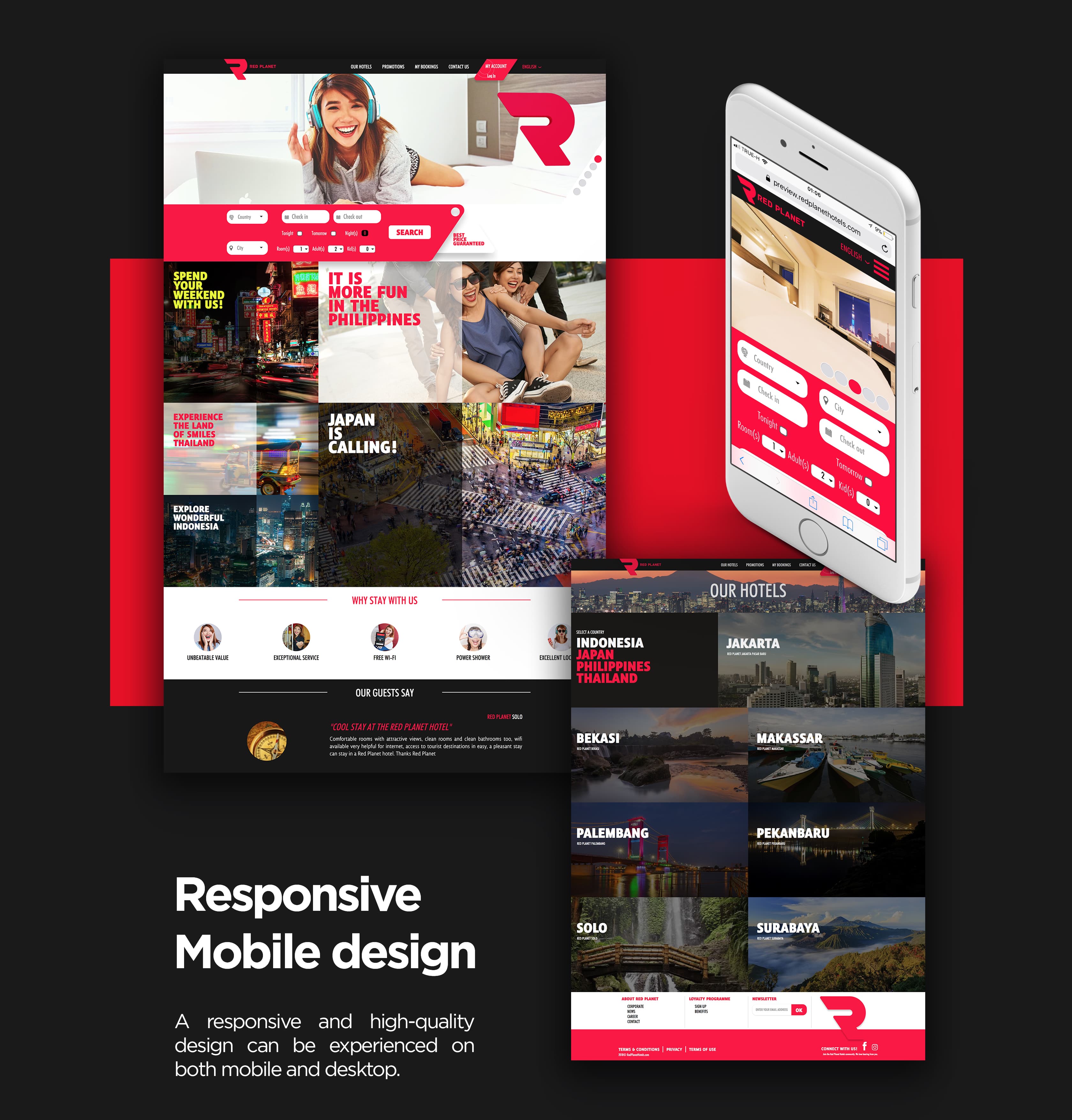
Navigating through UX/UI Design and SEO for Digital Success
In today’s digital landscape, the fusion of user experience (UX) and user interface (UI) design with search engine optimization (SEO) is no longer an option—it’s a necessity. These two pillars, when combined effectively, can propel your digital endeavors to new heights of success. In this comprehensive guide, we will explore the intricacies of merging UX/UI design and SEO, delving into the details of each aspect and demonstrating how their synergy can lead to digital triumph.
The Confluence of UX/UI Design and SEO
At the heart of our exploration lies the intriguing convergence of UX/UI design and SEO. This interplay isn’t just about coexistence; it’s about how they complement and enhance each other in ways that can revolutionize your digital strategy.
The user experience begins from the moment a user lands on your website or app. It’s about making that experience intuitive, seamless, and enjoyable. SEO, on the other hand, is all about ensuring that your digital content reaches your target audience when they search for relevant information. When these two elements are in sync, the result is a user-centric digital presence that not only attracts but retains visitors.
The Importance of a User-Centric Approach
To achieve a remarkable UX/UI design, you must embrace a user-centric approach. This entails gaining an in-depth understanding of your target audience, their behaviors, preferences, and pain points. By placing the user at the center of your design decisions, you can create an experience that resonates on a personal level.
Remember, a user-centric approach is not static; it evolves as user expectations change. Thus, continuous research and adaptation are crucial to ensuring that your digital presence remains in tune with your audience.
SEO: The Backbone of Visibility
While UX/UI design focuses on the user’s experience, SEO works quietly in the background to enhance your online visibility. It involves optimizing your digital content and structure to rank higher in search engine results.
SEO is not just about keywords; it encompasses a wide range of strategies, from optimizing meta tags and headers to ensuring your website loads quickly and functions seamlessly on mobile devices. In essence, SEO is the map that helps users find the treasure trove of information you’ve crafted through your UX/UI design.

Building Blocks of UX/UI Design
Responsive web design is a cornerstone of an exceptional digital experience. It ensures that your website or app adapts seamlessly to various devices and screen sizes, providing users with a consistent and enjoyable journey.
Consider the frustration of encountering a non-responsive website on a mobile device—it’s a surefire way to drive users away. In contrast, a well-executed responsive design enhances user satisfaction, encourages longer visits, and ultimately boosts conversions.
Intuitive Navigation
Navigation is the compass that guides users through your digital landscape. An intuitive navigation system ensures that users can effortlessly find the information they seek, reducing frustration and enhancing their overall experience.
Think of your website or app as a virtual tour guide. Users should be able to explore your content without getting lost or feeling overwhelmed. Clear menus, logical pathways, and strategically placed calls to action are vital components of intuitive navigation.
Visual Appeal
In the digital realm, first impressions matter. The visual appeal of your website or app sets the stage for the user’s entire experience. The choice of colors, typography, imagery, and layout all contribute to the overall aesthetic.
Visual appeal goes beyond mere aesthetics; it conveys your brand identity and messaging. A visually appealing design can create an emotional connection with users, making them more likely to engage with your content and take desired actions.
SEO Essentials
Effective keyword research is the cornerstone of successful SEO. It involves identifying the search terms and phrases that your target audience uses to find information related to your offerings.
Keyword research is not a one-time task but an ongoing process. By continuously monitoring keyword trends and user behavior, you can refine your content strategy to align with evolving search intent.
On-Page Optimization
On-page SEO is about optimizing individual web pages to rank higher and earn more relevant traffic. This involves optimizing various on-page elements, including meta titles, meta descriptions, headers, and content.
Each piece of content you create should serve a specific purpose and be aligned with a target keyword. Crafting high-quality, informative, and engaging content is key to not only pleasing search engines but also captivating your audience.
Technical SEO
While on-page SEO focuses on content and design, technical SEO addresses the behind-the-scenes aspects that impact search engine rankings. It includes tasks such as improving website speed, ensuring mobile-friendliness, and optimizing the website’s structure.
Bridging the Gap
Content is the bridge that connects design and SEO. It’s where aesthetics and optimization converge to provide value to users. Creating content that harmonizes with your design and SEO goals is an art.
To achieve content harmony, you must understand your audience’s needs and preferences, align your content with search intent, and present it in a visually appealing manner. This involves choosing the right format (e.g., blog posts, videos, infographics) and structuring your content for easy consumption.
Mobile-Friendly Design
The mobile landscape is expanding rapidly, and catering to mobile users is no longer optional. Mobile optimization involves designing and developing your digital assets to provide a seamless and engaging experience on smartphones and tablets.
Mobile-friendliness is not just about responsive design; it encompasses factors like touch-friendly navigation, fast loading times, and content formatting that suits smaller screens. Ignoring mobile optimization can result in missed opportunities and frustrated users.

Page Speed and SEO
Website speed is not only a crucial factor for user experience but also a significant SEO ranking factor. Users today expect web pages to load quickly, and search engines reward sites that deliver a snappy experience.
Optimizing page speed involves various techniques, including compressing images, minimizing code, leveraging browser caching, and utilizing content delivery networks (CDNs). A faster website not only pleases users but also improves your chances of ranking higher in search results.
Measuring Success
Gathering and analyzing data is essential for evaluating the performance of your UX/UI and SEO strategies. Tools like Google Analytics provide valuable insights into user behavior, traffic sources, and conversion rates.
Iterative Improvement
In the digital realm, stagnation is a recipe for obsolescence. Continuous improvement is the key to staying relevant and competitive. Whether it’s refining your website’s design, updating content, or optimizing SEO tactics, an iterative approach is crucial.
The Human Touch
Storytelling is a potent tool that transcends the boundaries of design and SEO. It’s about crafting narratives that resonate with your audience, evoke emotions, and leave a lasting impression.
Writing for Users and Search Engines
Crafting content that appeals to both users and search engines is a delicate balancing act. It involves creating informative, engaging, and well-structured content that also incorporates relevant keywords and SEO best practices.
Beyond the Basics
Voice search is reshaping the way users interact with digital devices. It presents a new frontier for SEO and UX/UI design, as users increasingly turn to voice-activated assistants like Siri and Alexa for information.
International SEO
The internet has no borders, and expanding your digital presence globally can open up a world of opportunities. International SEO is the practice of optimizing your digital assets to reach and engage audiences in different countries and regions.
Conclusion
In the ever-evolving digital landscape, navigating through UX/UI design and SEO is akin to embarking on an epic odyssey. This journey is marked by innovation, creativity, and adaptability. It’s about understanding that creating a visually appealing website or app is merely the first step ensuring that your target audience can find, engage with, and cherish it is the true essence of digital success.
As you set sail on your quest for digital greatness, remember that UX/UI design and SEO are your steadfast companions. Together, they will help you chart uncharted waters, reach new horizons, and achieve the digital success you’ve envisioned.



Sorry, the comment form is closed at this time.